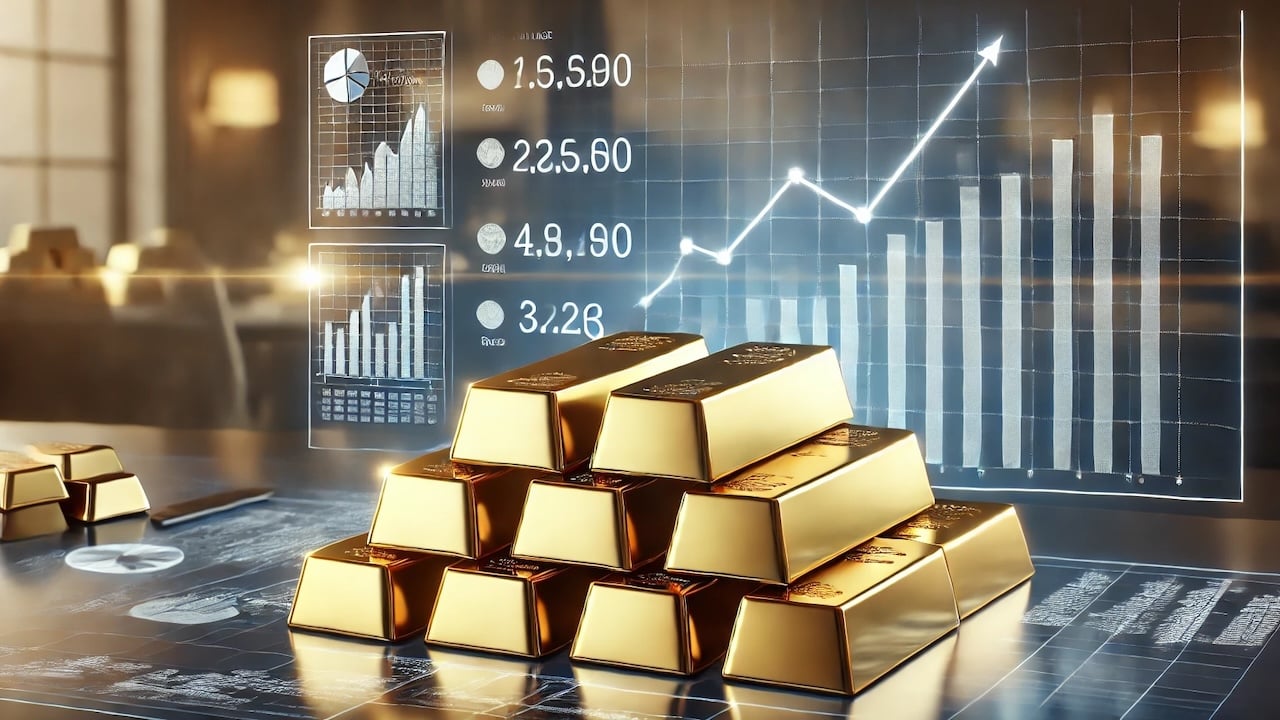(Mike Maharrey, Money Metals News Service) In January, European gold-backed ETFs charted the largest inflow of metal in more than two years, driving global ETF gold holdings higher to kick off 2025.
Gold-backed funds globally reported net gold inflows of 34.5 tonnes last month, adding $3 billion to their holdings.
Total assets under management (AUM) by gold ETFs globally reached $249 billion, a month-end record.
European funds added 39 tonnes of gold, totaling $3.4 billion. It was the largest increase in European ETF gold holdings since March 2022. For most of 2024, European ETFs shed gold.
Funds based in the United Kingdom and Germany led the way. Falling bond yields and the expectation of interest rate cuts this year in the UK created some tailwinds for gold. In Germany, political uncertainty ahead of earlier-than-scheduled parliamentary elections drove safe-haven demand, along with a pessimistic economic growth outlook and worries about U.S. tariffs.
Despite record-high gold prices, North American ETFs reported gold outflows for the second straight month in January, with a 5.9-tonne decrease in gold holdings. In dollar terms, North American gold ETFs lost $499 million in metal. According to the World Gold Council, record prices incentivized profit-taking after President Trump’s inauguration. There was a pickup in demand in the last week of January, but it wasn’t enough to offset outflows earlier in the month.
Asian fund reported modest gold inflows of 0.3 tonnes, totaling $57 million. Indian funds drove the increase with a record January. According to the World Gold Council, Indian investors “redirected cash to gold amid ongoing global uncertainty and further weakness in domestic equity markets.” This was offset by significant gold ETF outflows in China after stronger-than-expected GDP growth. This likely raised investor risk appetite and cooled expectations of further monetary easing.
Funds in other regions reported gold inflows of 1 tonne, primarily coming from activity in Australia and South Africa.
Gold training volumes increased in January, averaging $264 billion per day. That was a 20 percent month-on-month increase. This was primarily due to the surging volume on the COMEX.
Over-the-counter (OTC) volumes increased by 10 percent month-on-month in January.
Total net longs of COMEX gold futures ended January at 92 tonnes, a 25 percent month-on-month increase.
Inflows of gold into ETFs can have a significant impact on the global gold market by pushing overall demand higher.
ETFs are a convenient way for investors to play the gold market, but owning ETF shares is not the same as holding physical gold.
A gold ETF is backed by a trust company that holds metal owned and stored by the trust. In most cases, investing in an ETF does not entitle you to any amount of physical gold. You own a share of the ETF, not gold itself.
ETFs are relatively liquid. You can buy or sell an ETF with a couple of mouse clicks. You don’t have to worry about transporting or storing metal. In a nutshell, it allows investors to play the gold market without buying full ounces of metal at the spot price.
Since you are just buying a number in a computer, you can easily trade your ETF shares for another stock or cash whenever you want, even multiple times on the same day. Many speculative investors take advantage of this liquidity.
But while a gold ETF is a convenient way to play the price of gold on the market, you don’t actually possess any gold. You have paper. And you don’t know for sure that the fund has all the gold either, especially when the fund sees inflows. In such a scenario, there have been difficulties or delays in obtaining physical metal.
Mike Maharrey is a journalist and market analyst for MoneyMetals.com with over a decade of experience in precious metals. He holds a BS in accounting from the University of Kentucky and a BA in journalism from the University of South Florida.

